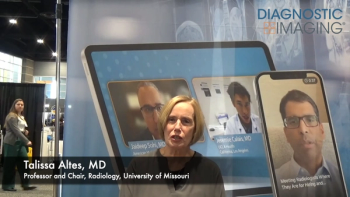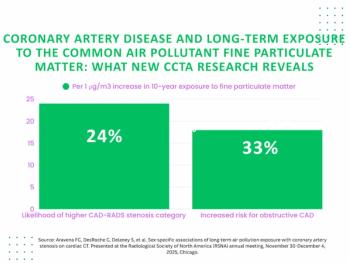
Pairing with PACS adds volumes to trauma images
Integrating 3D software with PACS workstations has put the power of advanced visualization into the hands of ER radiologists at Boston University Medical Center.
Integrating 3D software with PACS workstations has put the power of advanced visualization into the hands of ER radiologists at Boston University Medical Center.
The ability to generate timely 3D reformations of CT studies in a Level 1 trauma center is often restricted because postprocessing workstations are typically located in the CT suite. But integrating 3D with PACS eliminates the shortcomings that limit use in acute trauma areas, said Dr. Jorge Soto, an associate professor of radiology at BUMC.
Soto and colleagues evaluated the impact of 3D availability in the ER for a study published earlier this year (Emergency Radiology 2005;11[3]:173-176).
"Implementation of PACS-integrated software significantly increases utilization of 3D reconstruction across a wide variety of indications," he said. "The technique has proved very helpful in detecting and characterizing spinal, pelvic, maxillofacial, and extremity fractures, as well as in detecting acute vascular injuries with CT angiography."
Although 3D reconstruction applications in the ER have broadened in scope, many facilities have developed dedicated labs for image processing and 3D reformation, typically staffed by specially trained technologists.
That has led to a perception on the part of some radiologists that the use of 3D imaging in everyday practice is too time-consuming, complicated, and expensive, Soto said.
"Since transmission of images to a dedicated workstation is no longer necessary, the timeliness of the information provided by 3D reconstructions is appealing to radiologists and clinicians who are making patient management decisions," he said.
At BUMC, all workstations used for trauma CT interpretation are equipped with 3D postprocessing software, which allows simultaneous use by multiple radiologists. Another advantage of this arrangement is the interactive display of image data.
"In practice, this adds a new dimension to the ability to report findings to clinicians at the time of primary CT interpretation," Soto said.
Newsletter
Stay at the forefront of radiology with the Diagnostic Imaging newsletter, delivering the latest news, clinical insights, and imaging advancements for today’s radiologists.




























